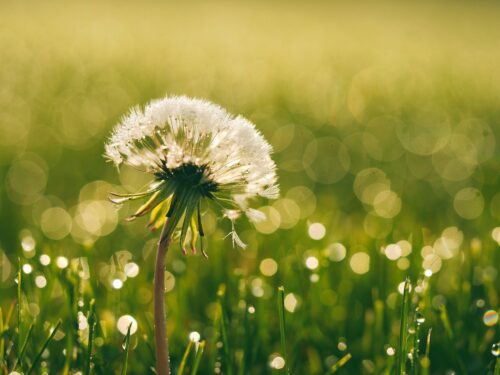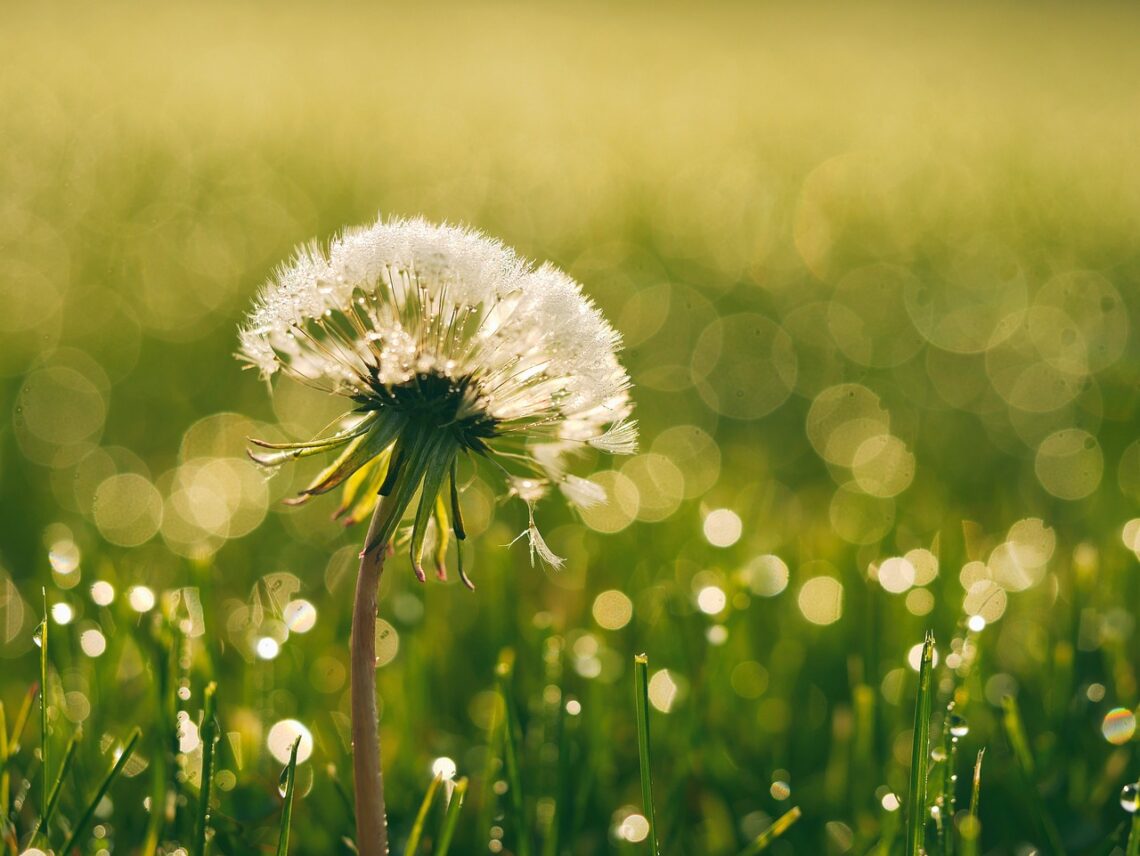Read about the Reasons Why You Must Eat Invasive Plants for a nutritious, eco-friendly way to control their spread.
Eating invasive plants can help the environment by eliminating species that harm native plants. It’s a bold and eco-friendly way to enjoy a meal while protecting nature. These plants can also be nutritious and tasty. However, before you start, make sure you can identify them correctly and avoid any harmful ones. Also, read Reasons Why You Must Eat Invasive Plants.
Can You Eat Invasive Plants?
“Eat-invasive” is a fresh and wise idea. It means gathering and eating plants that aren’t native to an area.
Many plants have been brought to new areas where they’ve become invasive. These plants can take over, pushing out native plants that are important for the ecosystem. Sometimes, even native plants are called invasive when they grow too much, harming biodiversity, blocking waterways, and looking messy.
One way to control invasive plants is by eating them. Some of these plants used to be popular in meals but aren’t as common anymore. For example, dandelions were once used in salads, stews, wine, and tea. Now, they’re often seen as pests in our lawns because they spread easily with their lightweight, umbrella-shaped seeds.
Benefits of Eating Invasive Plants
Eating invasive plants creates space for native and desired plants to grow. It’s a natural and healthier way to manage these plants than chemicals. Many invasive plants are also very nutritious and contain vitamins, fiber, protein, and other essential nutrients. By harvesting and eating these plants, you’re helping nature restore balance.
Some invasive plants, like kudzu, were introduced to fix problems, while others, like garlic mustard, were brought as food. By eating these plants, we can help restore balance to native ecosystems. Foraging for invasive plants can also give you tasty and unique new foods to try.
Delicious Invasive Plants to Try

Before foraging, make sure to do your homework. Some plants look similar to others but can be toxic. However, many are safe and tasty to eat. Here are some tremendous invasive plants you can enjoy while helping the environment.
1. Dandelion
You can eat every part of this common weed. The young leaves taste the best, and even the flowers are safe to eat. You can roast the roots and eat them like a vegetable. You can also make tasty dandelion tea or wine.
2. Autumn olive
This plant is a tree or shrub that can grow up to 20 feet (6.1 m) tall. Its leaves are oval with a sharp tip and grow alternately on the branches. In late summer, you can harvest the round, juicy red berries with white speckles. While the pit is hard to swallow, the flesh and juice are great for making preserves.
3. Narrow-leaved cattail
Narrow-leaved cattail is a wetland plant that is replacing native cattail species. When young, all parts of the plant can be eaten. The shoots and rhizomes are crunchy like vegetables, and the immature flowers can be roasted and eaten like corn. Even the pollen can be collected and used in baking.
4. Garlic Mustard
This invasive biennial plant starts as a low cluster of leaves in its first year and grows up to 3 feet (0.9 m) tall in its second year. It has small white flowers and heart-shaped leaves with gentle notches. Garlic mustard is commonly found in wet areas and forests with deciduous trees. Pick the young leaves in early to mid-spring—they have a strong garlic and mustard flavor.
5. Sacred Lotus
Originally from Asia, this plant has pretty pink flowers. Its roots can be eaten either cooked or raw in salads, soups, and stir-fries.
6. Japanese Knotweed
Japanese knotweed can grow over 10 feet (3.5 meters) tall. It has oval, gray-green leaves and red stems. This plant often grows in thick patches, spreading through its underground roots. You’ll often see it in flooded areas or near streams. Its taste is like rhubarb, and you can use it in similar ways.
7. Wineberry
This plant spreads quickly and forms thick patches that push out native plants. But its beautiful wineberries are tasty. Pick the fruit from late June to early July, and watch out for bears. The berries are great for making preserves or using them in baking.
8. Common Purslane
Purslane is a plant that spreads out flat like a mat. It has small, juicy green leaves on red stems that feel a bit slimy when eaten. In summer, it grows tiny yellow flowers. You can eat it raw or cooked. It’s full of vitamins and gives a lemony taste to dishes.
9. Wood sorrel
Wood sorrel looks like clover but has bigger leaves. It has 5-petaled flowers that can be white, yellow, or sometimes violet. You can eat the whole plant, either cooked or raw. It adds a mild citrus flavor to food.



